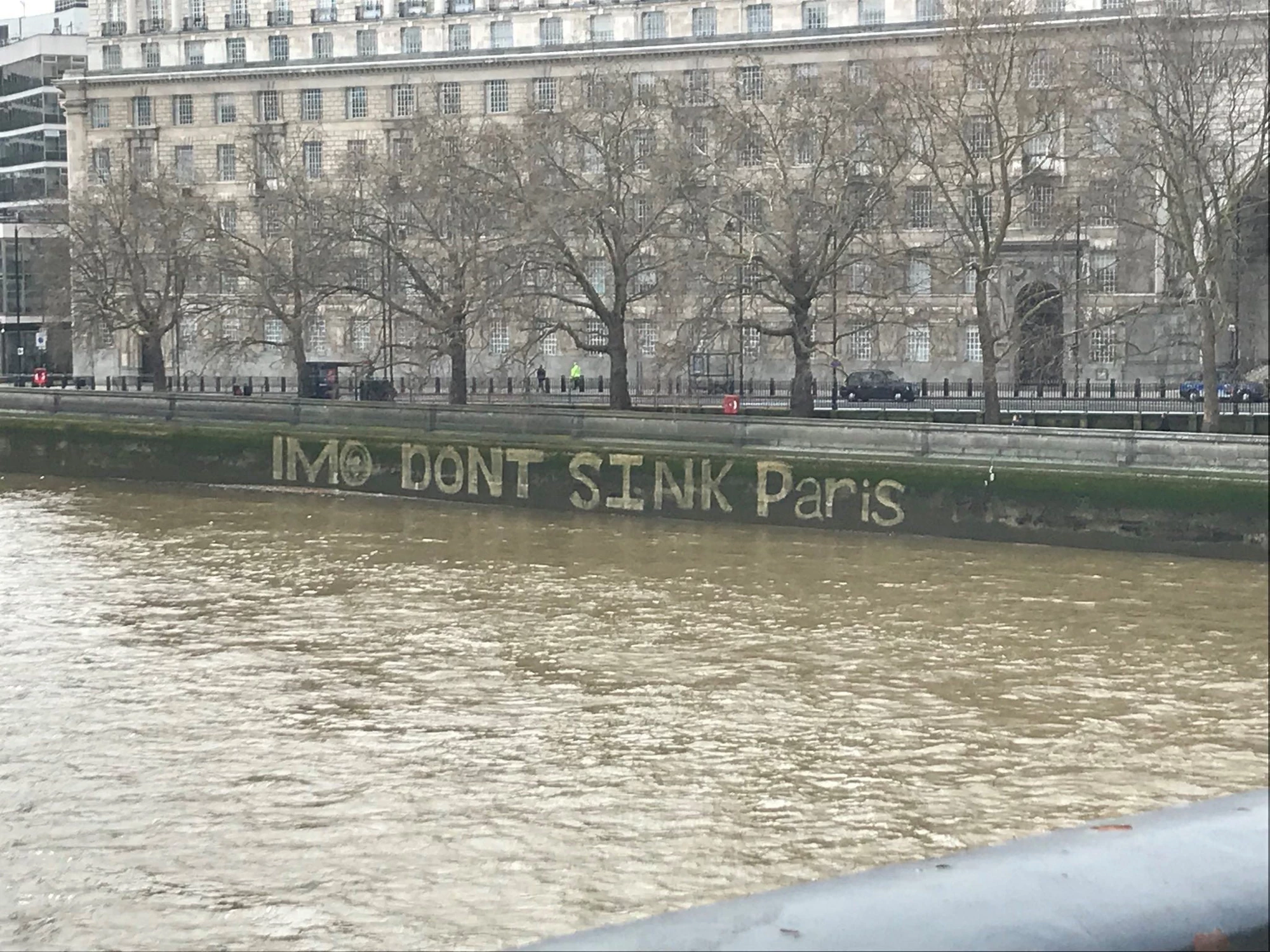
When the International Maritime Organization (IMO) meets in London this week, the stakes are high. The IMO’s Marine Environment Protection Committee (MEPC) plans to adopt an initial greenhouse gas strategy, the first of its kind for the shipping sector whose annual CO2 emissions are slightly higher than the annual emissions of Germany. This means that the 72nd session of the MEPC (MEPC72) from April 9-13, 2018, will not only show how international maritime transport is going to deal with its increasing emissions trend but will provide insights into Paris Agreement implementation.
Who’s in command on the open sea?
For many years, maritime GHG emissions have not been discussed prominently in international climate negotiations. Although bunker fuels for shipping and aviation have always been part of the agenda, the specific problem-solving process has been deferred to the IMO and ICAO (International Civil Aviation Organization), respectively.
The IMO is a specialized agency of the United Nations with 172 IMO member states and the mission to regulate shipping. Over time, it has developed a comprehensive regulatory framework for the global industry through some 50 conventions and protocols and multiple codes and recommendations. Among its five main committees, the MEPC is responsible for the IMO’s environmental work, including GHG emissions.
High tide or low tide?
The political process that has made MEPC72 a decisive meeting in IMO’s climate history started in 2015 at MEPC68 when the Marshall Islands, supported by 24 like-minded countries, requested that the IMO establish a GHG reduction target for shipping consistent with limiting global warming to 1.5°C. Since then, three official sessions and three intersessional meetings have discussed the challenges and opportunities of tackling GHG emissions from international maritime transport.
In the upcoming strategy, it is the level of ambition in particular that creates issues for IMO member states. Based on proposals presented at an earlier meeting last year, countries and industry organizations (ICS, the International Chamber of Shipping, the largest trade association in the sector) diverged in their views on how to deal with the sector’s emissions challenge.

The proposals range from achieving full decarbonization by 2035 to allowing a further emissions increase until 2050 before emissions start to reduce. A High-Ambition Coalition of Pacific small islands developing states (SIDS) and mostly European countries call for strong climate action. Their proposal of 70-100 percent GHG reductions by mid-century compared to 2008 levels is the closest to being in line with the Paris Agreement temperature goal. This proposal follows the spirit of the Tony de Brum Declaration initiated by France and the Marshall Islands at the One Planet Summit in December 2017 and signed by 45 countries today. At the same time, a number of countries take the position that it is less urgent and feasible to bring down shipping’s GHG emissions, that caps for shipping emissions will impede global trade flows, and that ambitious action risks shifting goods to more emissions-intensive means of transport such as road and air.
These diverging opinions often come from a general lack of clarity about potential transport cost increases through GHG policies, feasibility, and availability of technical options such as synthetic fuels and the mitigation of unwanted economic impacts on least developed countries and SIDS. This is where the Carbon Pricing Leadership Coalition (CPLC), a global initiative strongly supported by the World Bank, seeks to make a difference by working with maritime stakeholders from both sides to build and share non-partisan scientific evidence.
Setting a common course?
“Decarbonizing Maritime Transport”, a recent report by the International Transport Forum at the OECD, argues that almost complete decarbonization in the shipping industry by 2035 is achievable if the right policies and incentives are put in place now. This builds on an earlier report “Zero Emissions Vessels 2030” by Lloyd’s Register and University Maritime Advisory Services from November 2017. Here, the authors suggest that viable decarbonization pathways can be achieved through optimal combinations of energy efficiency and fuel switching – away from fossil fuels to ammonia, hydrogen, biofuel, and batteries. Yet, these views are not shared by all participants of MEPC72 and therefore a lively debate can be expected.
In general, the IMO acts on a consensus basis meaning that conventions and other measures are adopted without a formal vote. This helps to ease a natural reluctance of states to implement measures that they might not have accepted fully in the first place. Therefore, consensus will hopefully apply to IMO’s initial GHG strategy, too. However, the IMO governance also includes a formal voting procedure – albeit rarely used. This procedure puts all countries on the same level giving each IMO member state one vote – regardless of economic power or the size of its registered merchant fleet.
Hopes are high that a consensus decision that satisfies both the GHG reductions requirements under the Paris Agreements and the concerns of developing countries can be taken. But, if consensus cannot be reached, a majority vote at the London meeting cannot be ruled out.
Learn more about international shipping and climate change:
Low-carbon shipping: Will 2018 be the turning point? (February 2018)
Three reasons why maritime transport must act on climate change (December 2017)


Join the Conversation